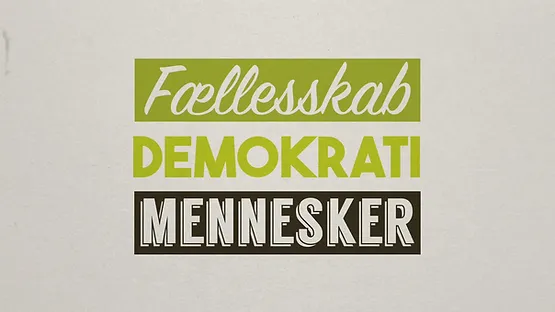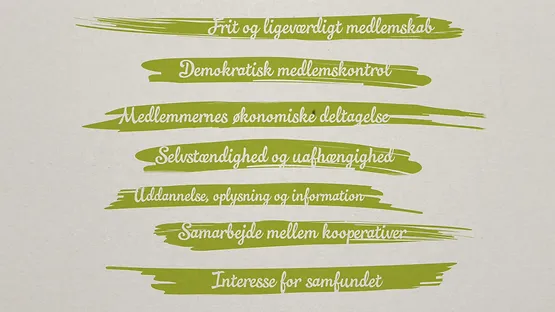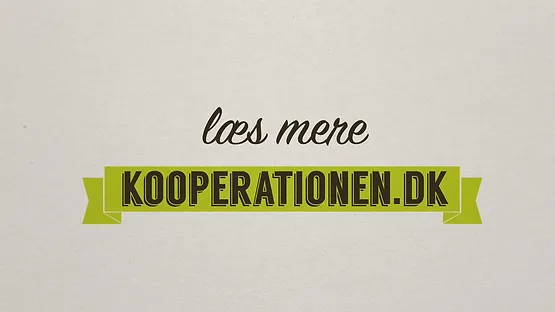The flat and democratic soul of cooperative businesses has caught our attention. But what can it do for a business like ours?
The cooperative movement has deep roots in the Danish traditions – e.g. farmers forming a cooperative around dairies, mills and butcheries.
Many of those cooperatives still stand strong today, and it even seems like cooperative businesses are about to get a renaissance in the modern, digital era. At least some modern cooperatives have caught our attention.
Some of our great partner like Logik & Co. is already leading the way. The question is, what the cooperative structure could do for a modern inventing-house like ours.

So, what is a cooperative?
The idea behind a cooperative is a flat structure where every participant in the organization is also a co-owner. But even though it might sound a bit socialistic, the mission of a cooperative business is still to make money.
Cooperatives are owned by everyone and democratically run, which means everyone in the cooperative shares the responsibility, risk and potential upside. The business is still run by some sort of management, but all the bigger decisions are made in a democratic manner.
This means cooperatives are still professional businesses with an aim to be profitable. But contrary to other types of organizational structures, the profits aren’t paid to investors but kept in the cooperative.

As inventors, we regularly isolate inventions into a new business unit. But after working with Logik & Co. and their cooperative, we got curious if those business units could be structured as cooperatives as well.
We don’t plan on converting Lolle & Nielsen Inventions into a full-blown cooperative tomorrow, but with the combination of spinoffs and talents we have in the company, we want to explore what cooperatives could inspire our business.

